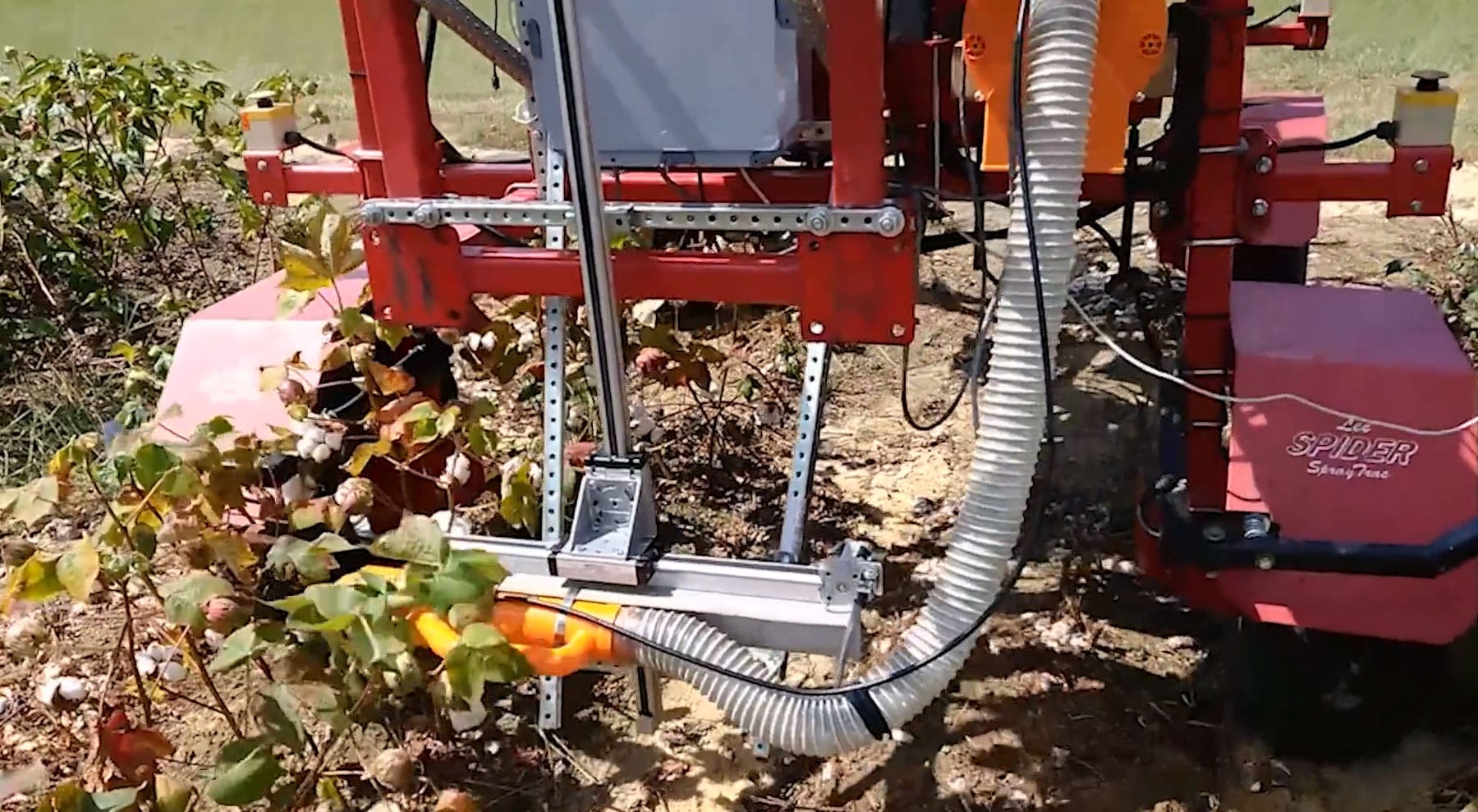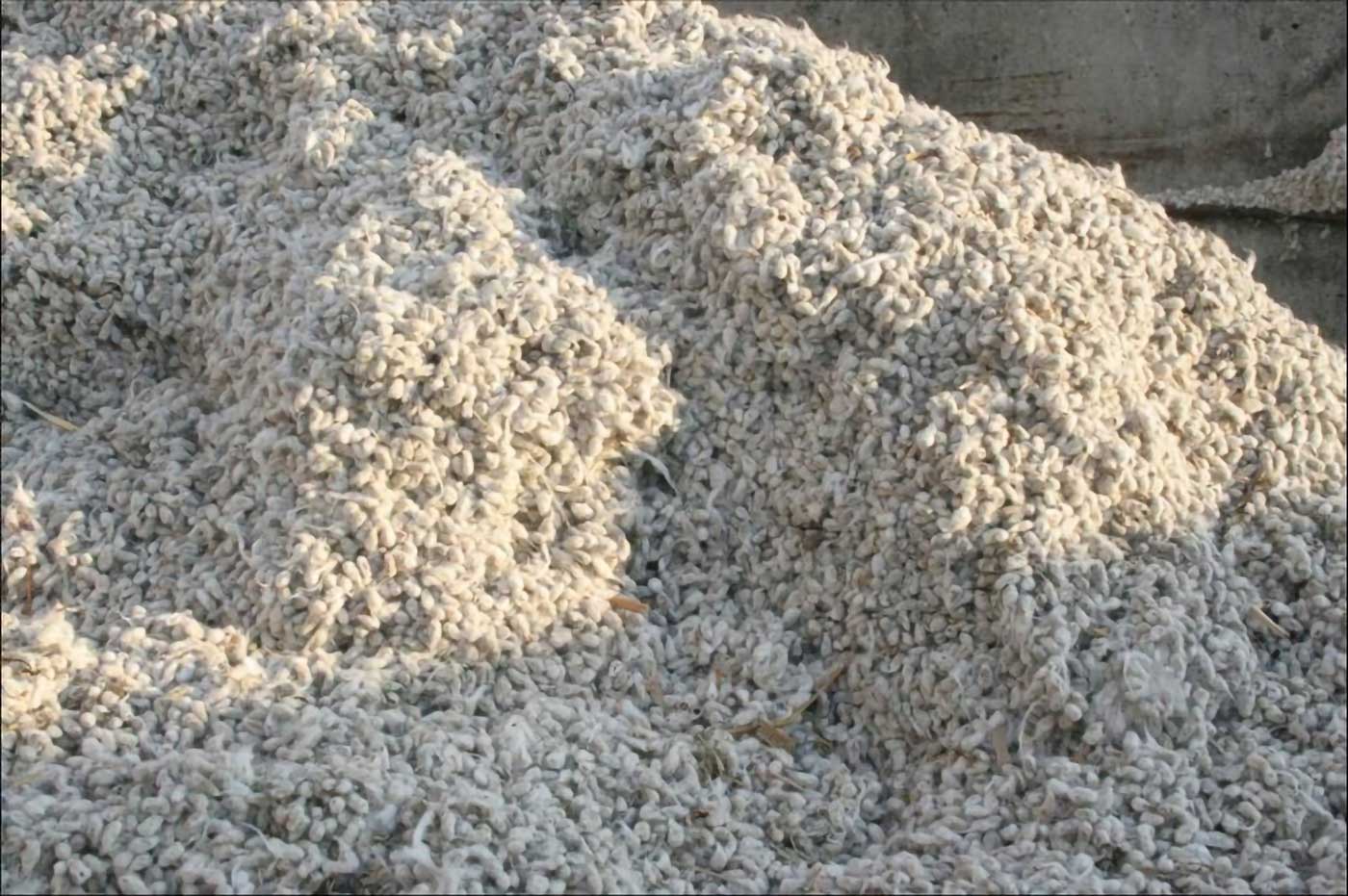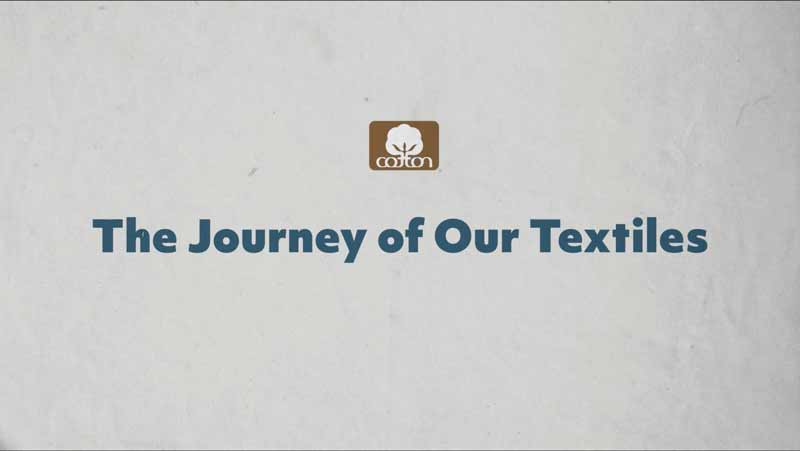The tradition of farming and innovation is illustrated throughout history. Each generation of producers brings new techniques to the daily routine with the same goal of increased production and efficiency. The future of sustainable agriculture depends on two things: lowering inputs like water, fertilizer and land while increasing the outputs like crop yield. For the cotton industry, an emerging force in the future of sustainable agriculture is the ‘row-bot.’
Several projects, currently underway by Cotton Incorporated, explore the development of autonomous field robots to patrol rows while using machine vision to identify ripe cotton bolls then vacuums the bolls from the plant. Dr. Joe Maja at Clemson University and Dr. Glen Rains at the University of Georgia are leading the robotic harvest platform development with two concepts. The teams plan to add weed control as another operation for their respective robots this year.
C.H.A.P., or Cotton Harvest Autonomous Prototype, may be the next generation of cotton field harvester – and more. Additional research taking place includes:
- Hand-harvest studies documenting the value of frequent harvest in Texas, Georgia and Tennessee.
- Economists at Kansas State University are developing the model to compare the costs of robots to current harvesting systems.
- Scientists at University of North Texas are even prepared to modify the cotton plant to make it easier to harvest with a robot.
The potential opportunities of the unmanned ground vehicles (UGV), like C.H.A.P., for cotton growers are wide-reaching, including harvesting as soon as the fiber is ready which could lower the percentages of crops lost to pests and weather. Cotton harvesting robots are not likely to be commercially available for another ten years.



